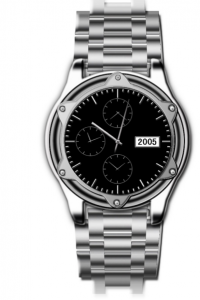
(1) Appearance inspection: observe whether the marks on the dial, back cover and crown are consistent, and check the case, surface and hands for serious scratches.
(2) Sensitivity test: In the state where the mainspring is completely relaxed, move up and down three times. If the sensitivity of the second hand movement is deemed acceptable, otherwise it is not sensitive.
(3) Sound check: When winding, the movement must not “click”. If there is sound or slipping, it means that there is a problem with some of the previous parts. In addition, if the interval between the “snoring” sounds heard by the watch is significantly different, it means that the watch has a serious deviation phenomenon. If the sound is fast and chaotic, it indicates that there is a swing phenomenon.
(4) Checking the setting hand: When setting the hand counterclockwise, the second hand can stop or go back, but when the setting hand is stopped, the second hand should start to move again. Otherwise, it indicates that the sub-wheel in the movement is not tight.
(5) Coincidence check: Turn the hour, minute and second hands to the overlapping position, and check whether there is any friction between the second hand and the glass, between the hour hand and the dial and the three hands. Then observe it step by step at 3, 6, 9, and 12 o’clock.
(6) Calendar check: When checking the watch with the day of the week and calendar display function, there should be no skipping characters or skipping characters.
(7) According to national standards, according to timing accuracy, domestic watches are divided into 4 grades, and the daily differences of the first, second, third, and fourth grades are large or less than ± 30 seconds, ± 45 seconds, ± 60 seconds, and ± 90 seconds, respectively.